Top: A drone picture of the Sapo National Park. The DayLight/Carlucci Cooper
By Varney Kamara and Philip Quwebin
CHEBIOH TOWN, Sinoe County – When Andrew Saye learned that security forces wanted him out of the Sapo National Park, he grew nervous. He was in for a big surprise.
Joint security forces, including the soldiers, police officers and forest rangers, removed Saye without using any force. He was among some 2,000 illegal occupants, predominantly miners, who were removed from the park earlier last month.
“They talked to us well,” said Saye, who stayed seven months in Sapo. He spoke in an interview in Chebioh Town, one of the communities adjacent to the park. “They did not beat us.”
It signals improved relations between the government and local communities. Conflicts between communities and the government over illegal activities in the park have resulted in deaths and injuries. In May 2017, a mob of local rioters killed a ranger and severely injured four others. In retaliation, state security forces moved into the area, killing one townsman and arresting several others.
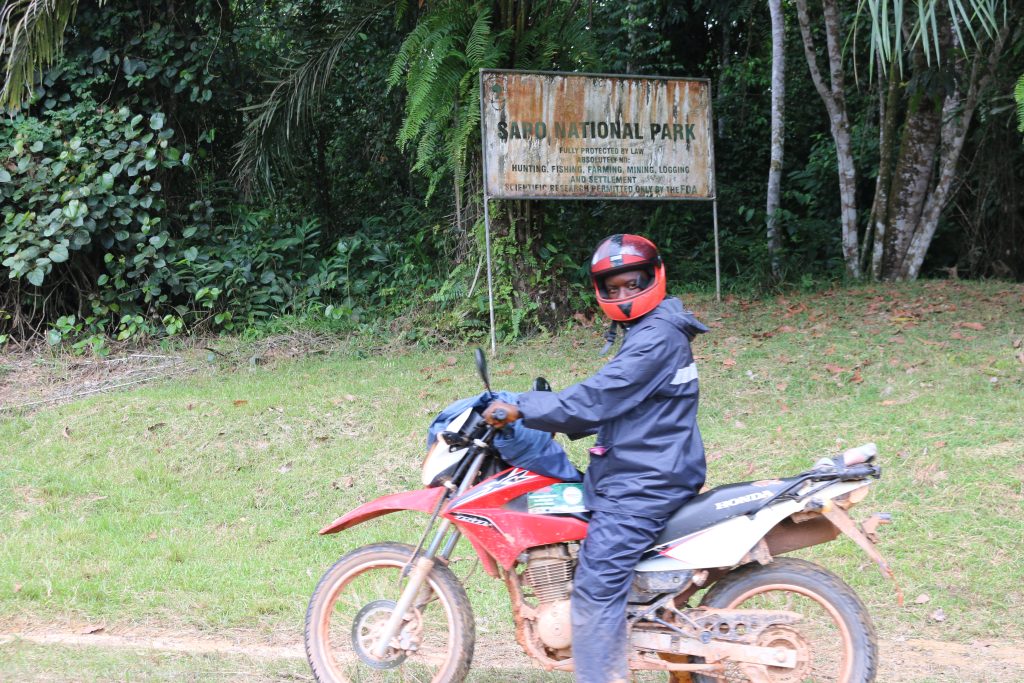
Established in 1983, Sapo National Park is Liberia’s first and largest reserve, spanning over 180,000 hectares across Grand Gedeh, River Gee, and Sinoe Counties. It is a global biodiversity hotspot, sheltering 125 mammal species and 590 bird species, including several endangered species.
However, it faces threats from illegal logging, farming, and mining, according to a 2012 report.
Last month, a joint security team expelled the occupants from “Camp America,” one of 13 known settlements in the park. “Operation Restore Hope IV” safeguards the park and combats illegal migration in the southeast. It also addresses financial and wildlife crimes, as well as human and drug trafficking.
After their deployment, the security team held mass meetings with community members and sent messages to camp masters, giving them a two-week ultimatum to vacate the park. Then they set up bases in Korjahyee, John Wolo Village, and Nyennawliken in Sinoe, Grand Gedeh, and River Gee, respectively.
“We are working cooperatively and removing them from the park,” John Smith, Sapo’s Chief Park Warden. The move was meant to improve relations between adjacent communities and security forces, added Smith.
After the ultimate expired, people still fanned around. So, the joint security forces blocked the park’s entrances, which compelled some occupants to vacate.
Next, the team walked nine hours into Camp America to remove the remaining occupants. There, they assembled occupants, explained their mission, and profiled the occupants. Then the exodus began.

“There was no food or goods in the area. So, after that, we all left and came out of the bush,” Shedrach Pyne. He—no relation to the late Friday Pyne—had spent a month mining gold in the park.
The security forces searched the occupants. Female soldiers searched the woman, while the male soldiers searched the men.
They seized illicit drugs and a bottle of mercury, according to an unpublished report of the operation, seen by The DayLight. No arrests were made, as illegal miners were allowed to take their belongings, including water pump machines.
Joint security forces then demolished the makeshift structures the miners had used to pillage the reserve.
Security forces are now preparing to clear the remaining camps in the park.

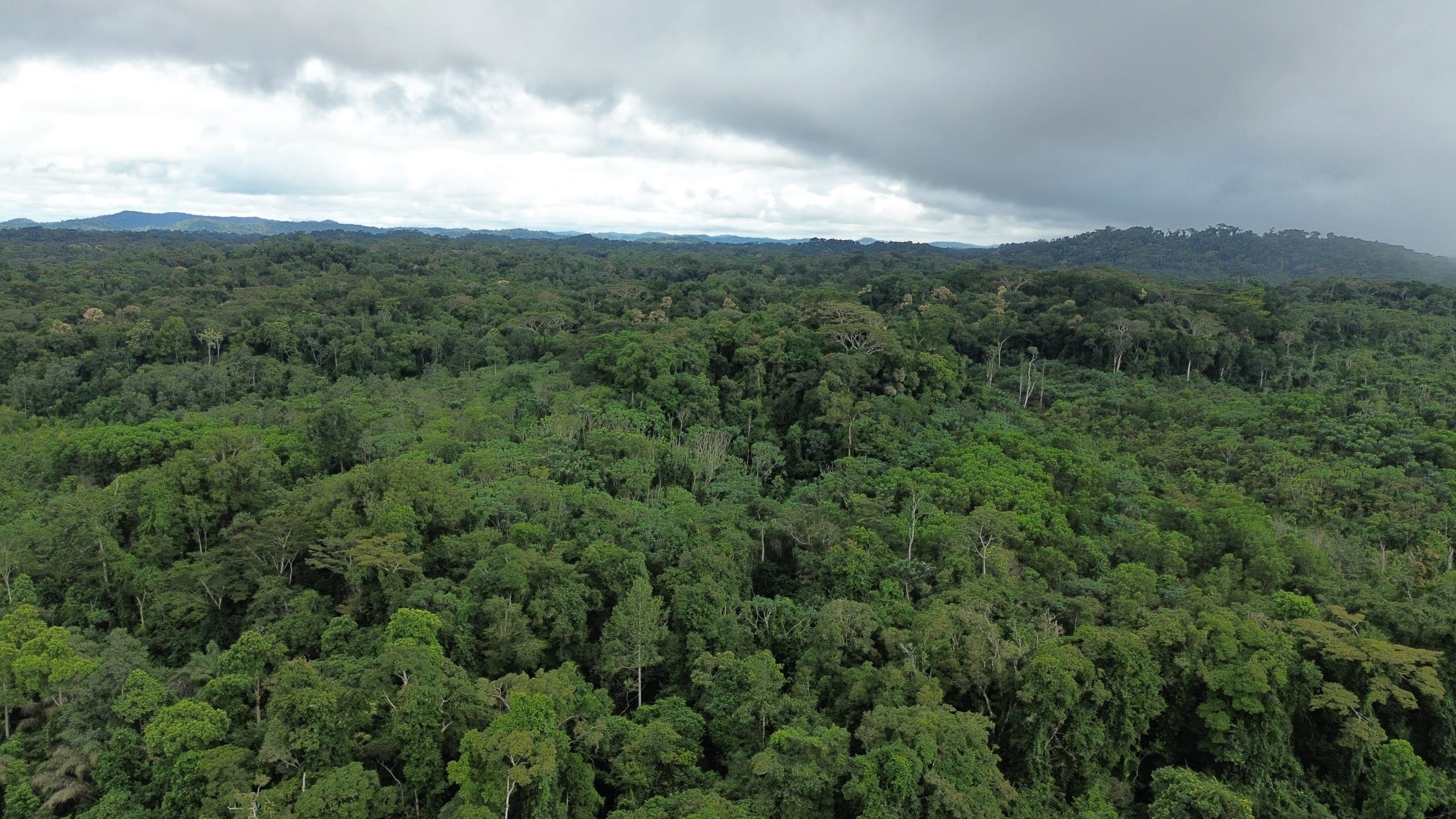
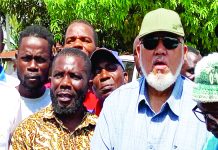
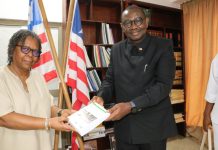
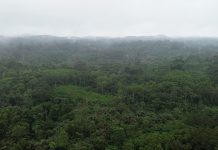
Facebook Comments